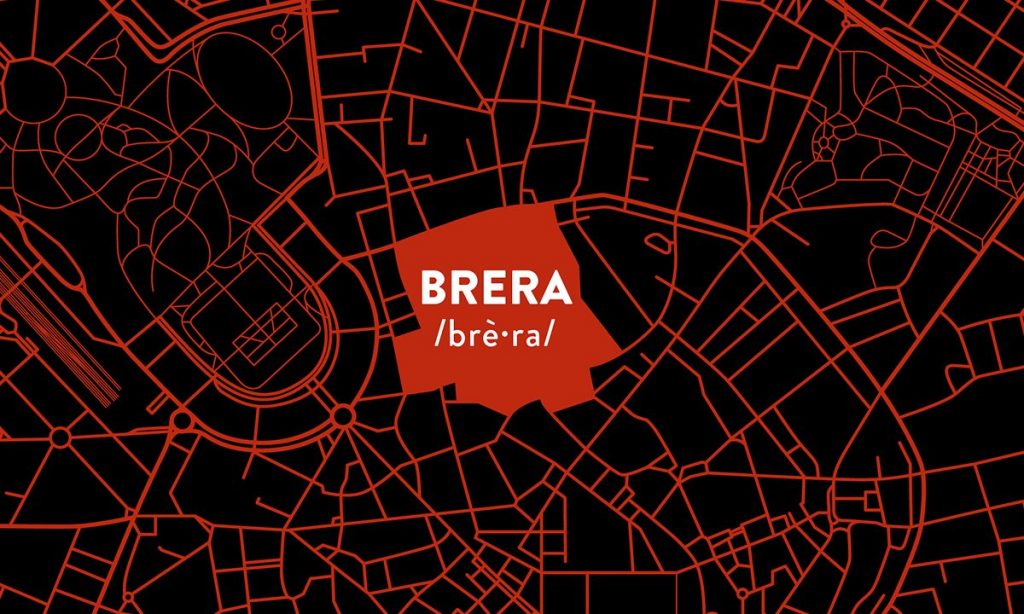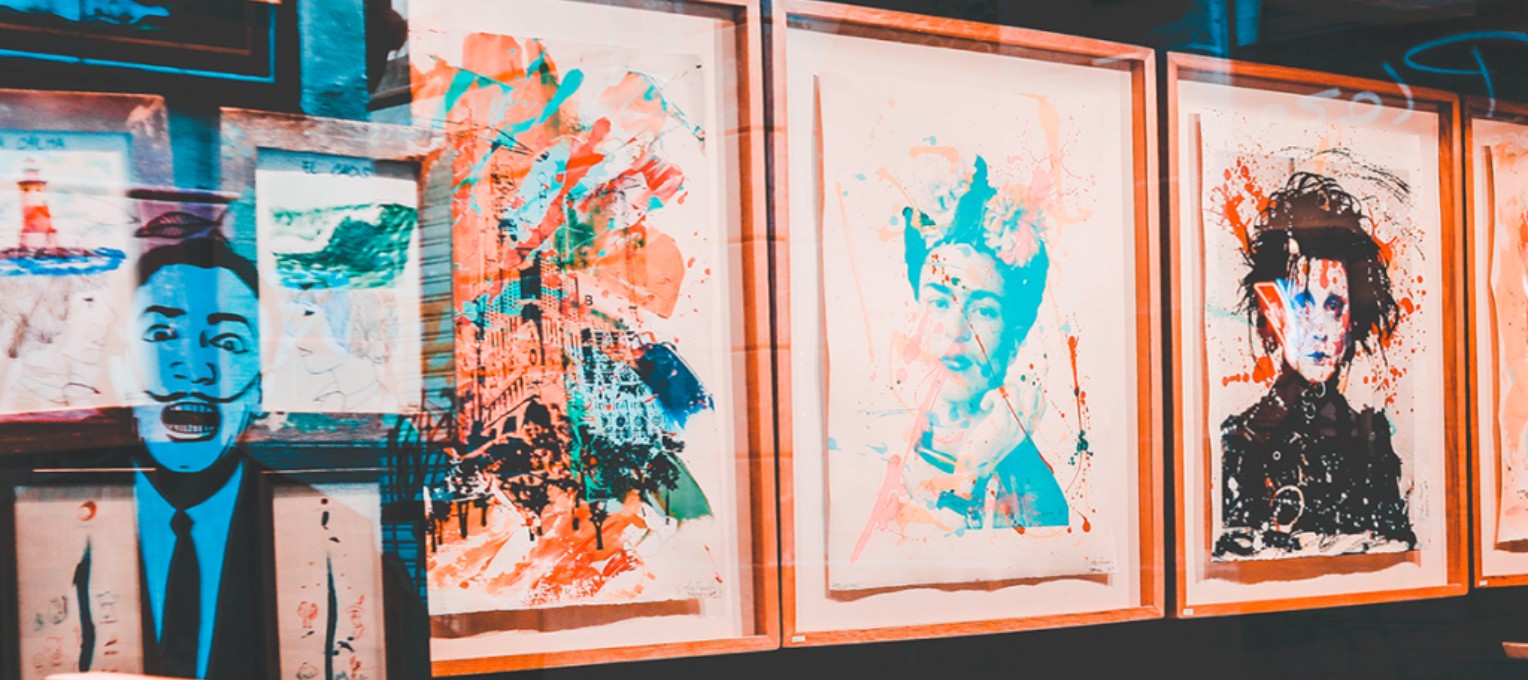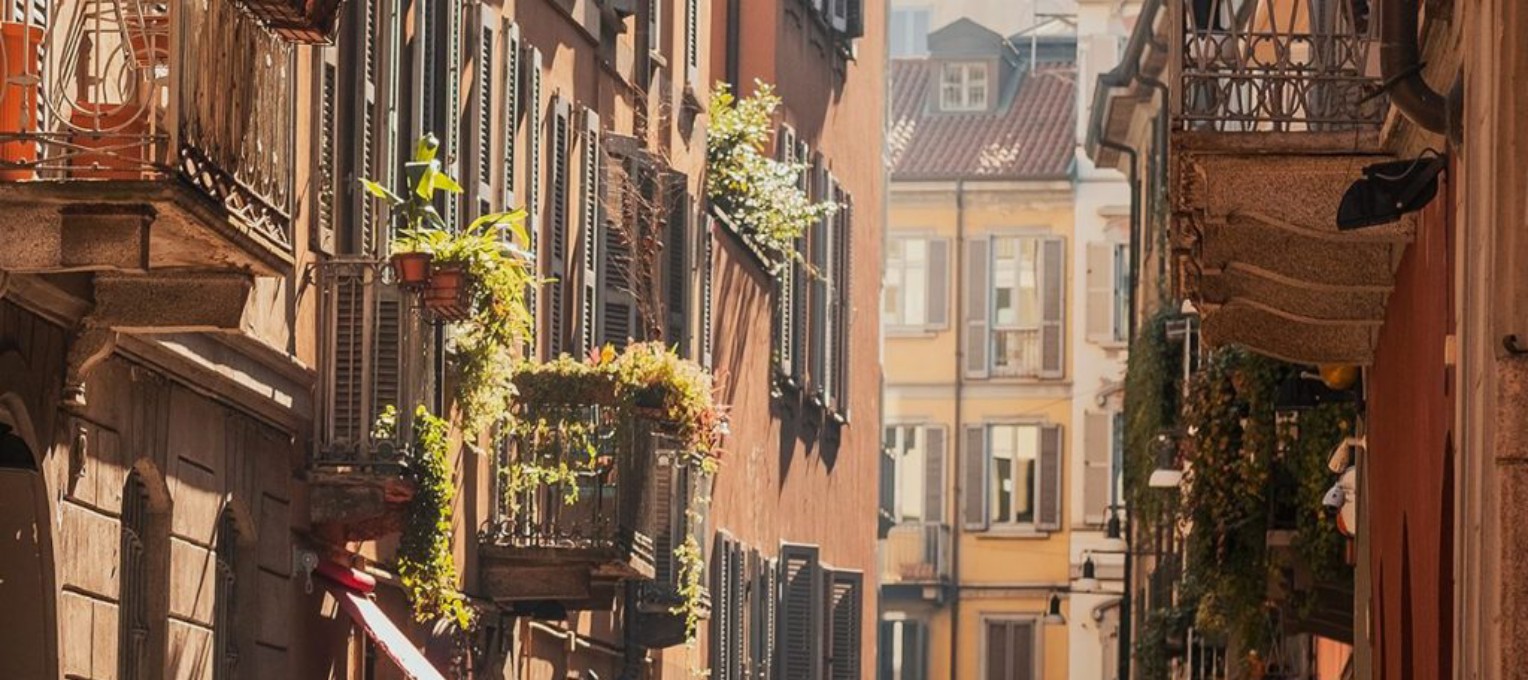Discover Milan: Brera

Let’s start a virtual journey across the city of Milan, to discover the places that inspired the names of our espresso machines!
Gaggia – Brera
At sunrise, in a Milanese house, the scent of freshly brewed coffee diffuses into the kitchen. To start the day, the fully automatic machine Gaggia Brera has just prepared a warm espresso. It’s here, in one of the most renowned districts of Milan, that we took inspiration to design this automatic machine. The Brera area encloses art and beauty, and Gaggia wants to pay tribute to it through a path along its streets. Waiting to visit the district without limitations, we guide you through a virtual journey, to discover its history and hidden places.
Origins
The Brera district, located in the heart of Milan, takes its name from the term “braida” that stands for “expanse of uncultivated land”, which today presents itself with narrow cobblestone streets and magnificent courtyards. Since the nineteenth century, it has been a destination for artists who attended the Academy of Fine Arts (Accademia di Belle Arti) established in 1776 by Empress Maria Theresa of Austria. Today, it is one of the most important art schools in the world. This has contributed to making Brera famous for being the meeting place for artists, which still retains a suggestive and artistic atmosphere.
An artistic area
The liveliness of Brera developed also through the “Brera Design District” project. Conceived in order to promote the neighborhood, over the years it has become a point of reference for international design and an unmissable stop during Milan Design Week.
Art and antiques shops, bohemian squares and the craft market – happening every third Sunday of the month – make the neighborhood one of the most iconic in town.

Must-see
Discovering Brera is a magical journey. Here, among the various places of greatest cultural interest, you can find Palazzo Brera, home to one of the first public museums of Italian art, the “Pinacoteca di Brera”. Founded in 1776, its first collection was a series of works coming from the conquest territories during the Napoleonic period. Today, it is an ancient and modern art gallery, which houses one of the largest and most prestigious artistic collections in Italy.
On the first floor of the building is the Braidense National Library, established in 1770 by Empress Maria Theresa of Austria. It is the third Italian library for wealth of heritage.
Then, if you go on the roof of the building, you can enter the historic Astronomical Observatory of Brera, the oldest scientific institution in Milan. The first observations date back already in the mid-1700s.
Walking through streets rich in history and elegant buildings, one of the most fascinating corners of greenery in the entire city makes its way: the Botanical Garden (Orto Botanico). It became a historic garden, nowadays characterized by bright colors and a unique variety of bushes, flowers, trees and plants of all kinds. It was inaugurated in the late eighteenth century for educational purposes. In fact, its rich collection of plants was both to serve as a botanical study material for the students of the Brera gymnasium, and to offer officinal plants for the “Spezieria”.
Two picturesque streets
Another peculiar element of the neighborhood is the particularity of its streets. Two, especially, attract attention for their contrast: Via Fiori Chiari and Via Fiori Scuri. The names refer respectively to a women’s college (Fiori Chiari means Light Flowers) and to a brothel (Fiori Scuri means Dark Flowers). In fact, it is said that Brera has long been known as a “red light” district, very popular in Milan.

Historical shops
Today, if you walk through Via Fiori Oscuri, you can find the historic Antica Farmacia di Brera, which was once property of the famous pharmacist Carlo Erba. With over one hundred years of tradition behind it, it is one of the oldest and longest-running pharmacies in Milan. Born as a spice shop, it then became famous for its medicinal herbs.
While, if you are looking for artistic products, the perfect shop is Ditta Crespi, a color factory that still preserve its ancient pure gold-colored sign.
Walking down the streets, you can find Via Mercato, where there is another historic shop: Torriani – La Bottega del Carnevale. Here, you can buy costumes for parties of all kinds.
Restaurants and bars
Not far away, in the same street, you cannot miss a stop at Pizzeria Sibilla. Opened in 1951, today it is one of the most famous pizzerias in Milan, that churns out an excellent pizza all day long.
If you prefer to have a taste of the traditional local cuisine, you cannot miss Latteria San Marco: it is said that they invented the typical Milanese “ossobuco and polenta” dish. Then, to immerse yourself into the bohemian atmosphere, the perfect place is Baladin Milano, a bar which embodies the soul of Brera with a touch of timeless elegance.
Now, it’s time to have a coffee. Why not to relive the unique atmosphere of the early 1900s? The Jamaica Bar has always been a meeting point for artists, writers and show business, and it is still very popular today. Opened in 1911, it was one of the very few bars to own a coffee machine – a Gaggia Milano, in this case – and a telephone. These two elements immediately made it a reference place for important personalities, such as the musicologist Giulio Confalonieri (who inspired the name of the bar, taken from the Hitchcock movie “Jamaica Inn”), Lucio Fontana, Benito Mussolini, Giuseppe Ungaretti, Salvatore Quasimodo and many others.
Other special spots
Every corner, every palace and every alley tells years of events, happenings and curiosities.
For example, in Brera you can find the oldest pipe organ in Lombardy, and the second in Italy, located in the Church of San Marco. It was played by Mozart, and here Giuseppe Verdi directed the first “Requiem Mass”, dedicated to Alessandro Manzoni. Moreover, the Statue of Sant’Espedito, in the Church of Santa Maria del Carmine, which has become the destination for students in search for good luck.
This itinerary led us to discover and rediscover the symbols of one of the most fascinating neighborhoods in Milan. The magical atmosphere that mixes history, elegance and tradition, inspired the solid lines of Gaggia Brera. Resistant, reliable, classy and innovative, Brera is a truly unique machine. It reflects the magic soul of the district, and it represents a true icon in the world of coffee.
 Truly Italian Roots
Truly Italian Roots